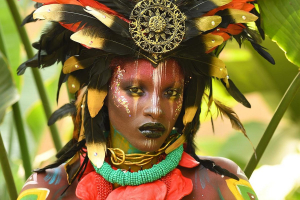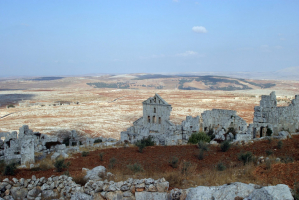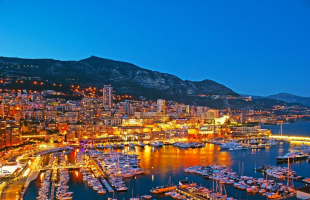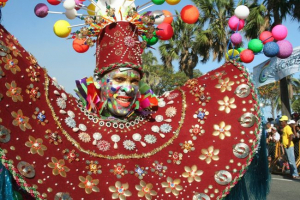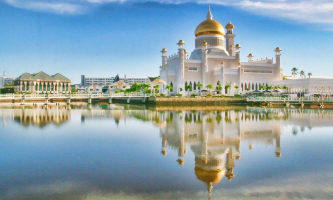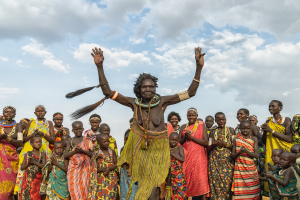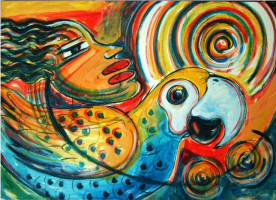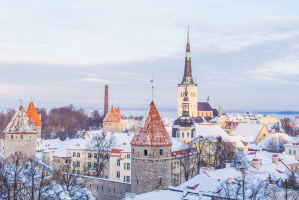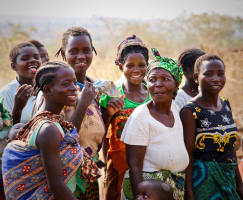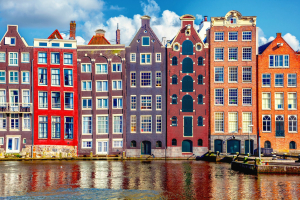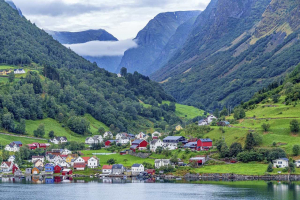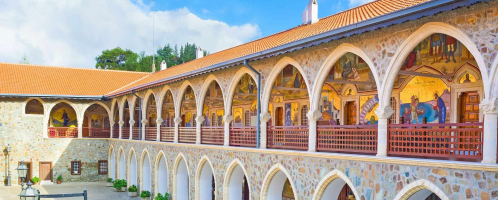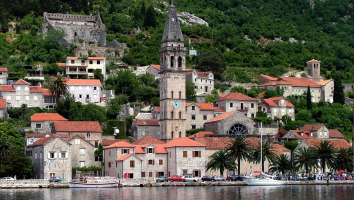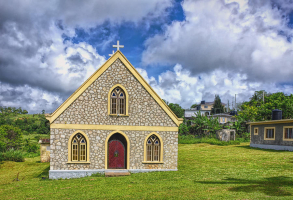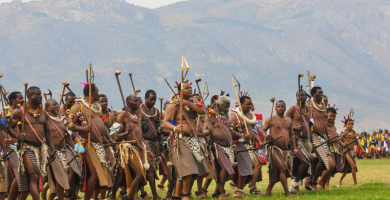Top 10 Timor-Leste Culture, Customs, and Etiquette
Timor-Leste, a recently independent nation that is still entirely off the main road, is a fascinating site to visit due to its rich history, culture, and way ... read more...of life. The culture of Timor-Leste is robust, distinctive, and influenced by a wide range of factors, including traditional animist beliefs, a former Portuguese colony, the effects of World War II, the more recent Indonesian invasion and the valiant Timorese resistance, the Catholic Church's role, and the effects of other minority groups like Chinese traders. t’s take a quick look into Timor-Leste Culture, Customs, and Etiquette.
-
As a result of historical immigration, colonialism, and other occupations, Timor-Leste (East Timor) boasts a wide variety of spoken languages. In addition to English and Indonesian being regarded as working languages, Tetun and Portuguese have been accorded official status. There are additional speakers of at least another fifteen indigenous languages. The majority of people in the country's eastern region speak the Papuan language of Fataluku (often more so than Tetum). According to the East Timor Constitution, various indigenous languages such as Bekais, Bunak, Galoli, Habun, Idalaka, Kawaimina, Kemak, Lovaia, Makalero, Makasae, Mambai, Tokodede, and Wetarese also have official status. Portuguese and Tetum are two of those languages.
Many lesser languages have vanished as a result of the spread of lingua francas in the linguistically varied country of East Timor and the dominance of some clans over others. Some of them are still employed, nevertheless, as cants or ritual languages. For instance, studies conducted in the middle of the 2000s by the Dutch linguist Aone van Engelenhoven showed that the Makuva language, once spoken by the Makuva tribe but thought to have vanished since the 1950s, was still sporadically used.

medium.com 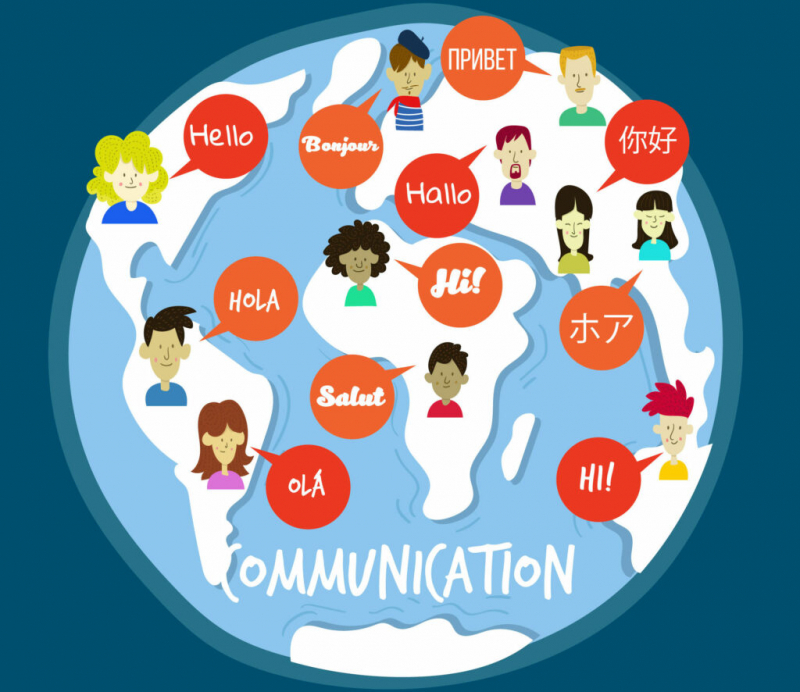
gurmentor.com -
Religion is also one of the Timor-Leste culture, customs, and etiquette that you should know before traveling to Timor-Leste. The Catholic Church, which is the most prevalent religious organization in East Timor despite not officially being the state religion, is made up of Christians, who make up the majority of the country's population. Along with Sunni Muslims, there are also a few little Protestant settlements. Representatives of the country's Catholic, Protestant, and Muslim communities report generally positive relations, and East Timor's constitution protects the right to practice any religion freely. However, community members occasionally encounter administrative challenges, particularly when trying to obtain marriage and birth certificates.
The Catholic Church in East Timor is a part of the Catholic Church globally and is governed spiritually by the Pope in Rome. As a result of its past as a Portuguese colony, East Timor is home to nearly 1,000,000 Catholics. With a Catholic majority of 98.3%, East Timor has surpassed the Philippines as the only other mostly Catholic nation in Asia since gaining independence from Indonesia. The nation is organized among the three dioceses of Dili, Maliana, and Baucau, each of which is directly under the control of the Holy See.
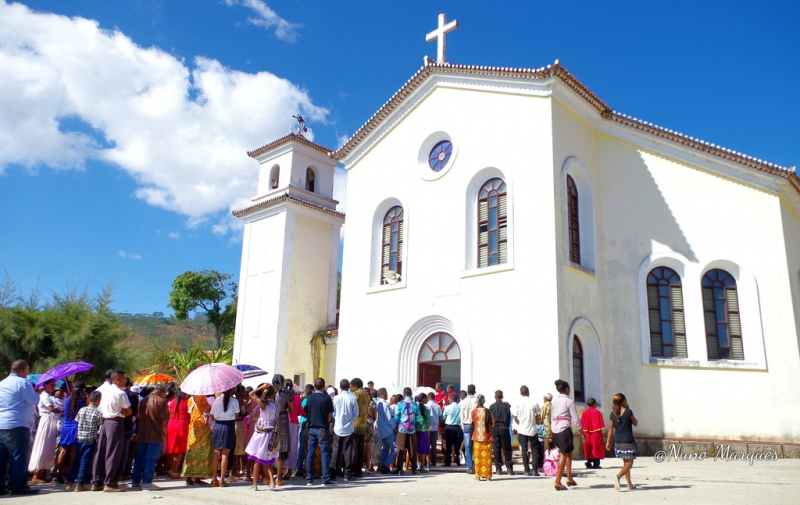
wikimedia.org 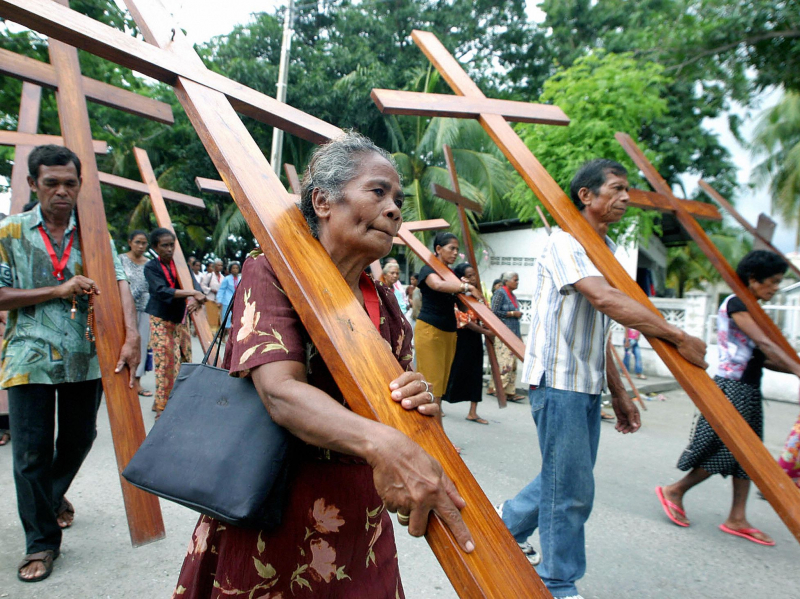
learnreligions.com -
Since each ethnic group in Timor-Leste (East Timor) has its unique traditions and customs, there is a significant amount of architectural diversity there. But because almost all buildings have been made of wood, very few have survived to the present day, and most of what is still standing today—aside from a few structures—is from the previous century.
The totem house is a type of early and still-present indigenous architecture in Timor-Leste. Examples of these constructions may be seen all over the nation, albeit they differ depending on the location and ethnic background. Because they shelter the spirits of the family's ancestors, uma lulik also means "spirit houses." Every ten years, they were constructed to assist the community to maintain its ties to the land and its ancestors.
A small number of Portuguese-inspired structures can be seen in Timor-Leste as a result of the Portuguese legacy. The majority of these structures in this type are churches or structures in the Dili capital. Today, Portugal has a fair number of modern structures made mostly of concrete and glass, continuing the country's longstanding practice of building with stone, concrete, and other more durable materials.
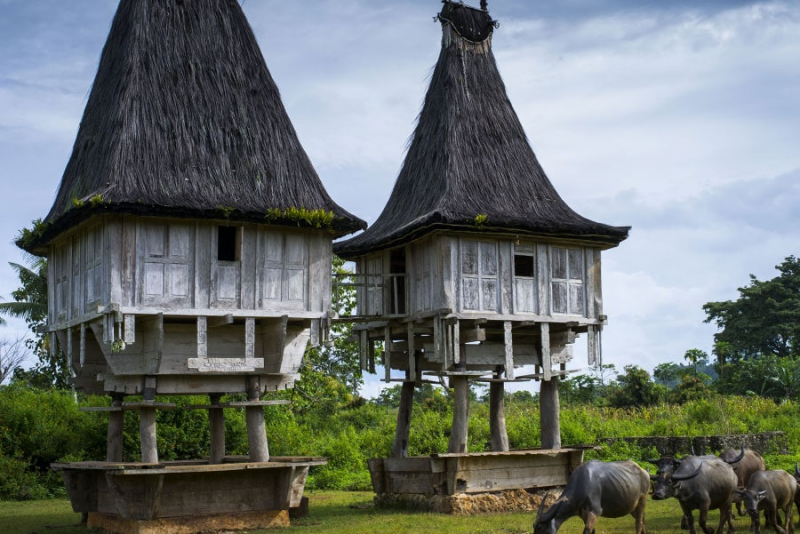
timorleste.tl 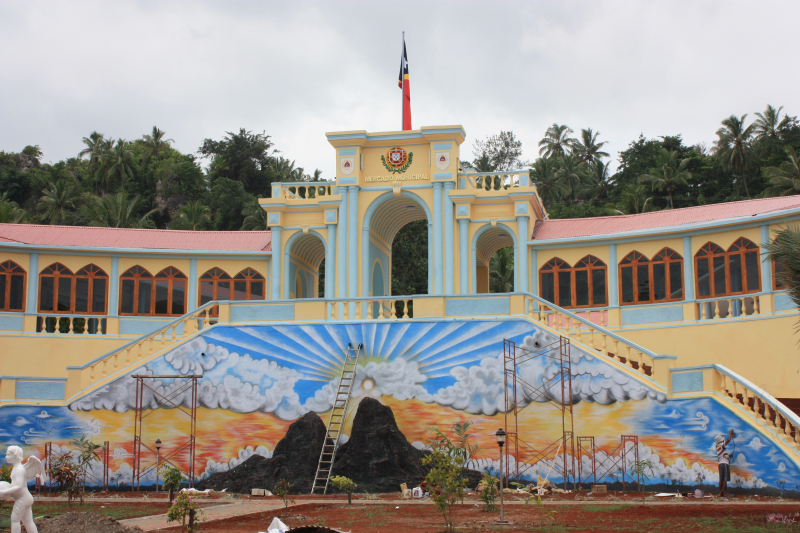
wikipedia.org -
Timorese are active in a variety of sports, especially football, which they love dearly. Football is the most popular sport in East Timor, although there is also a sizable following for other sports including cycling, martial arts, weightlifting, and badminton. Despite being a young nation, Timor Leste is a member of various international sports organizations, such as the International Olympic Committee (IOC) and the Olympic Council of Asia (OCA).
East Timor has participated in a number of international sporting events, including the 2003 Southeast Asian Games, which were hosted in Vietnam. East Timor took home the bronze medal from the 2003 ASEAN Paralympics, which were also held in Vietnam. Six athletes competed in the three sports of weightlifting, boxing, and athletics at the 2004 Olympic Games in Athens. In Arnis at the 2005 Southeast Asian Games, East Timor took home three medals. The first Lusophony Games featured East Timor as one of the competing nations. In the women's volleyball category, East Timor took home the bronze medal. East Timor drew 2-2 with Cambodia on October 30, 2008, to win their nation's first-ever FIFA points.

nytimes.com 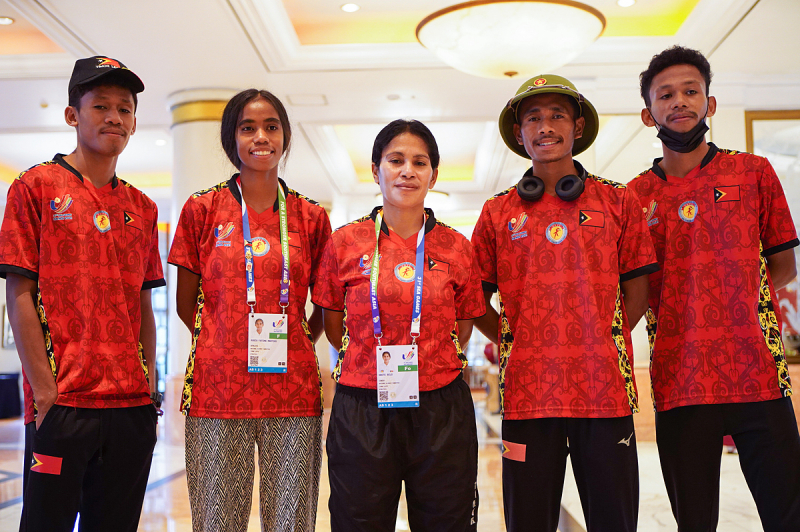
vnexpress.net -
Timor-Leste's music, which includes genres like gamelan and fado that were imported, reflects its history as a colony of Portugal and Indonesia. The likurai dance, which was performed by women to welcome back men from battle, was the most widely practiced type of indigenous traditional music. A contemporary variation of the dance is performed by females during courtship. They used a tiny drum and occasionally carried enemy heads in processions through communities.
Teo Batiste Ximenes is one of the most well-known musicians from Timor-Leste. He was raised in Australia and incorporates folk rhythms from his own country into his work. East Timorese folk music has been spread throughout the world thanks to the large East Timorese populations in emigrant communities in Australia, Portugal, and other countries. East Timorese music was combined in refugee camps in Portugal with music from other former Portuguese colonies like Mozambique and Angola.
Despite being an import brought by colonists, the guitar has long played a significant role in Timor-Leste music. However, the country also boasts several native string instruments that are somewhat comparable to the guitar. Rock and roll, hip hop, and reggae are just a few examples of popular music genres that include foreign influences.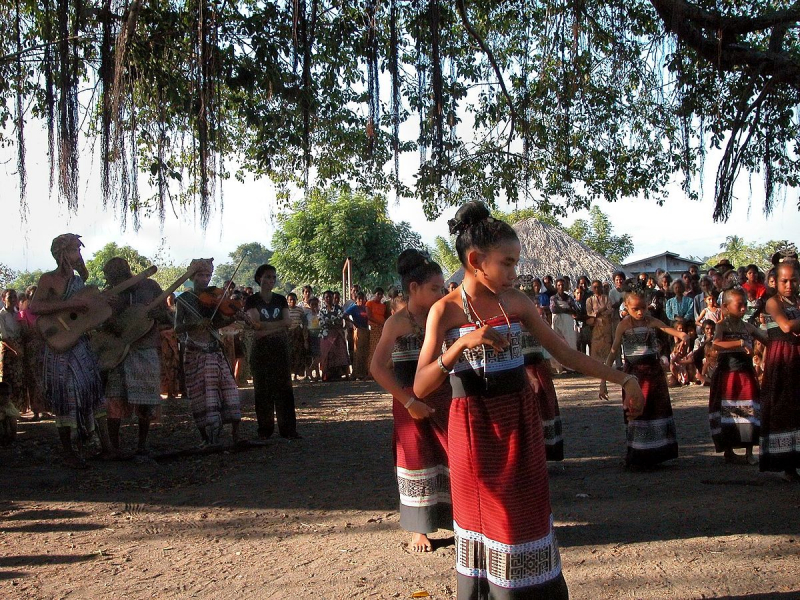
wikipedia.org 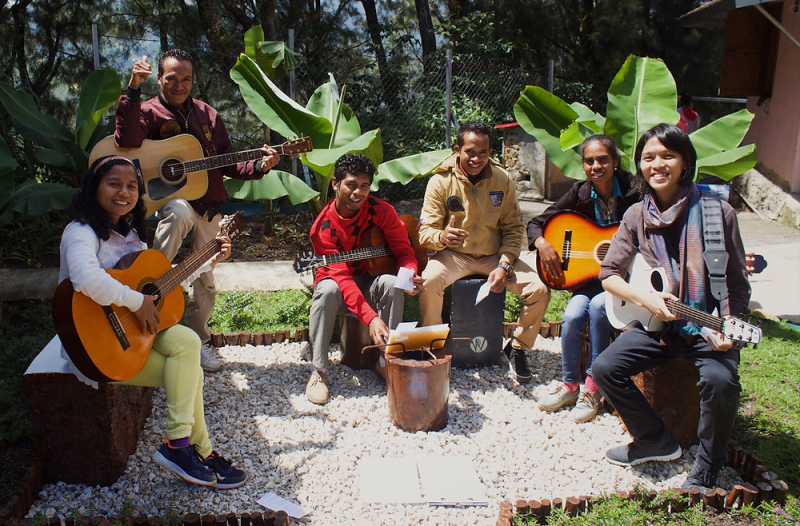
neilchanmusic.com -
Timor Leste's history has been turbulent. People in the nation have endured centuries of Portuguese colonial control and Indonesian incursions. Even if the economy of the nation is already recuperating, there is still much room for growth. There is a lot of unemployment and poverty. The populace continues to grin in the face of misfortune. When they meet new people, they extend handshakes and grin broadly. People from East Timor are renowned for being amiable. These folks respond favorably to humor. They use humor to deal with their troubled history.
The patriarchal nature of the society in the nation limits women's responsibilities to caring for children and taking care of the home. Domestic abuse affects women throughout the nation. There are also many rape cases. Forced and young marriages are frequent. The effect is teenage pregnancies. Men rule society, and their decisions are considered definitive. Patrilocal residency is the norm in East Timorese extended families.
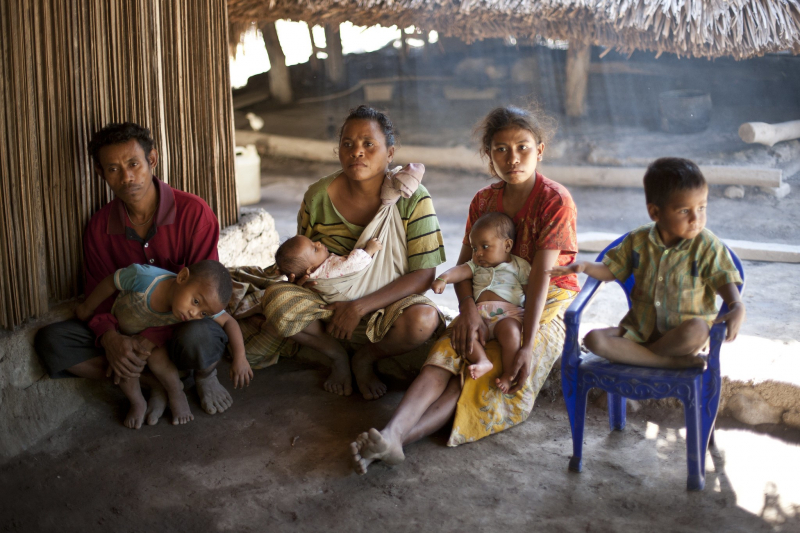
borgenproject.org 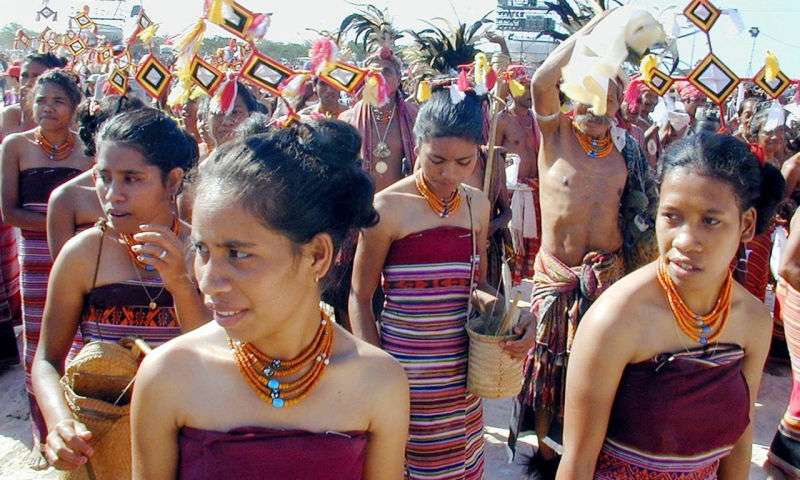
thescoop.co -
Another Timor-Leste culture, customs, and etiquette that you must bear in mind is literature. It is conceivable that the literature of East Timor could share elements with that of this culture due to the influence of Indonesia, the Portuguese, and the Dutch on the nation, which can be seen in the culture. After Catholicism was largely introduced by the Portuguese, the Bible, which originated from Catholicism, is read in East Timor.
Xanana Gusmo is the most well-known among the writers and poets who identify as East Timorese and whose works can be recognized as such. He served as East Timor's first president and was one of the individuals most committed to the region's independence. Besides, he is also recognized to as the most literary significant figure in East Timor's history both locally by the Government and the people and abroad. Poet Warrior Xanana Gusmo is well known for his poetry and is frequently referred to as such. Grandfather Crocodile is one of his best-known poems.
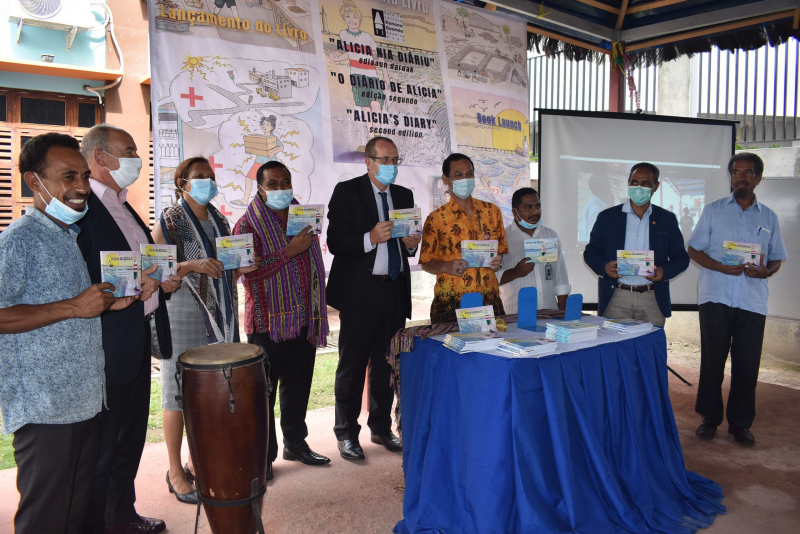
xananagusmaoreadingroom.com 
tripadvisor.co.nz -
With their distinctive skill, the East Timorese artisans are exceedingly inventive. The East Timorese's talents in basketry are likewise highly regarded. Embroidered bags, ceramics, jewelry, musical instruments, dolls, and paintings are some of the other national crafts that draw tourists. Such items can be purchased at traditional markets and roadside shops.
Tais, or traditional hand-woven fabrics, are their most well-known craft, and many of these items are sought after by professional collectors. Depending on the location where they are made, tais are produced in a variety of colors and patterns.
Finely woven baskets and mats, paintings, ceramics, jewelry, dolls, delicately embroidered bags, musical instruments, metal knives, and wood carvings are a few other lovely arts and crafts.
The best places to find locally made arts and crafts in Timor-Leste are handicraft stores, roadside stands, and neighborhood markets. When you come across locals making lovely things like cane ware, using a back-strap loom, or carving figurines, it is one of the joys of traveling around the districts.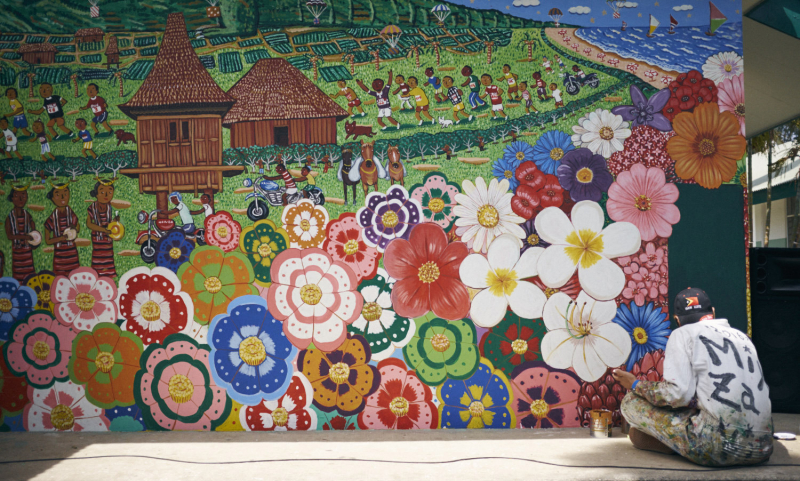
worldlyrise.blogspot.com 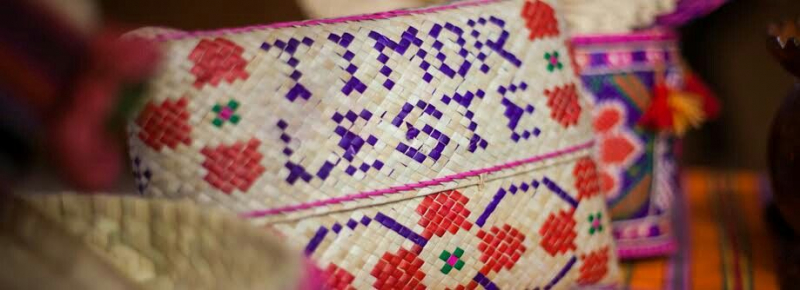
pinterest.com -
Most of the clothing in Timor Leste is manufactured from domestic fabrics and is part of the nation's traditional wardrobe. Tais, the traditional fabric of Timor Leste, are produced in two different designs known as mane and feto. Mane Tais is a type of Timor Leste apparel that is worn around the waist in a sarong-like fashion. Another item of clothing from Timor-Leste is the feto tais, which is made into a long tube that a woman can step inside and wear like a dress.
These two items of traditional attire from Timor Leste have a long history dating back to the days when they were traded for livestock, gold, silver, and other valuables. The Tais continue to hold a unique significance due to the symbols and patterns that have been painted on them. The designs depict East Timor's history, and they also highlight the significance of numerous locations to the local culture.
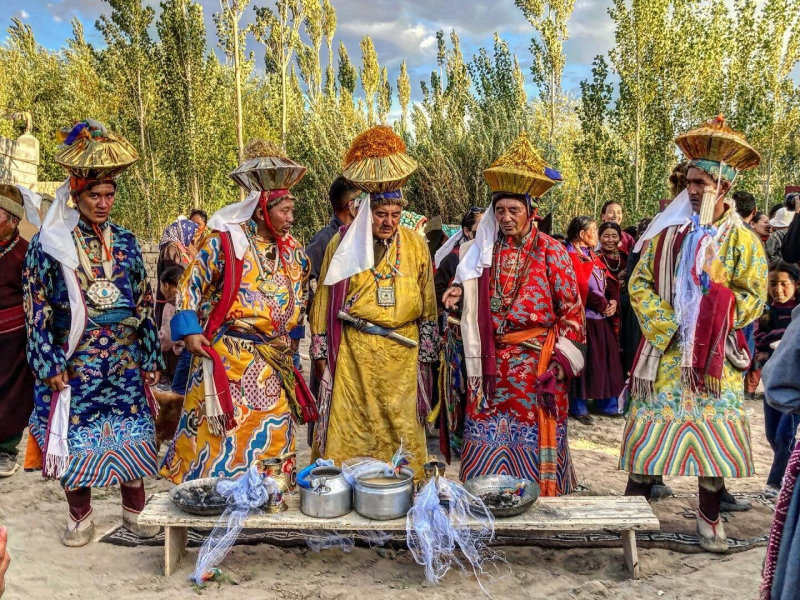
thetextileatlas.com 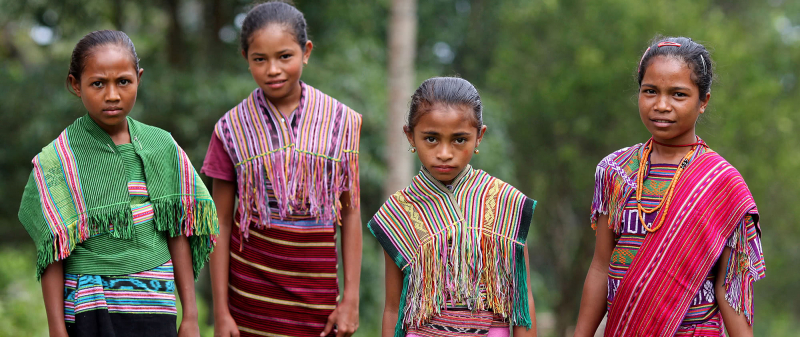
care.org.au -
Timor-Leste holds several festivities to mark significant religious holidays and the nation's recent declaration of independence. Then there are big sporting competitions and cultural festivals that highlight Timor-friendliness Leste's and beauty. Participating is a wonderful opportunity to get to know Timorese people and learn more about their nation.
Easter is widely observed in this country, which is 90% catholic, and these dates are among the most popular national public holidays. It is the biggest festival in Timor-Leste and among the Timor-Leste culture, customs, and etiquette. For almost a whole week, including on Palm Sunday, Good Friday, and Easter Sunday, expect to see processions, ceremonies, and religious celebrations. Large family gatherings and events are held these days, but the primary Good Friday celebrations often begin with a trip to some holy location on top of a hill in each of the Timorese towns.
On May 20, Timor Leste also marks the day that its independence was restored. Because of the protracted, violent, decades-long war it took to ultimately obtain independence in 2002, this day is especially significant to the people of Timor Leste. Timor Leste joined the United Nations and the Community of Portuguese Language Countries on May 20, 2002, becoming the first brand-new sovereign state of the twenty-first century.
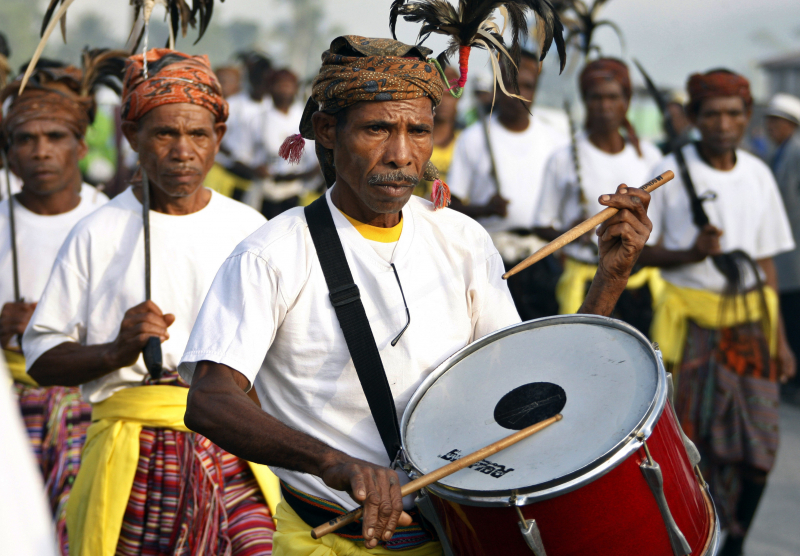
neweurope.eu 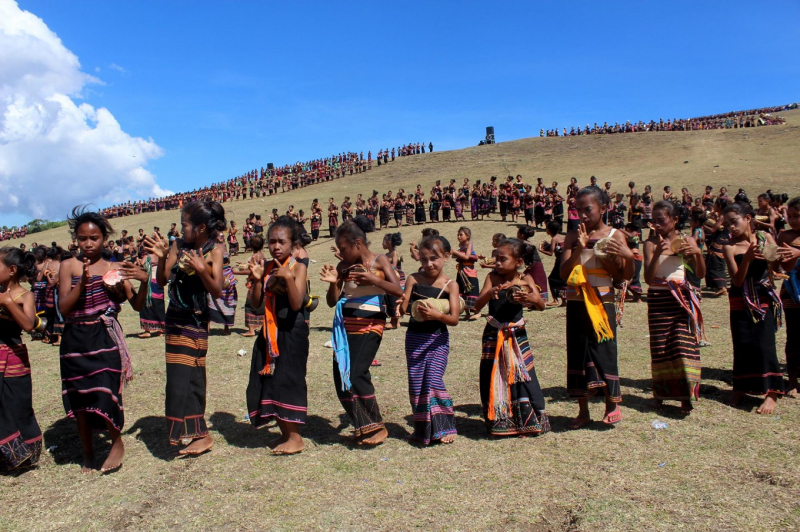
thejakartapost.com












